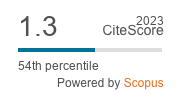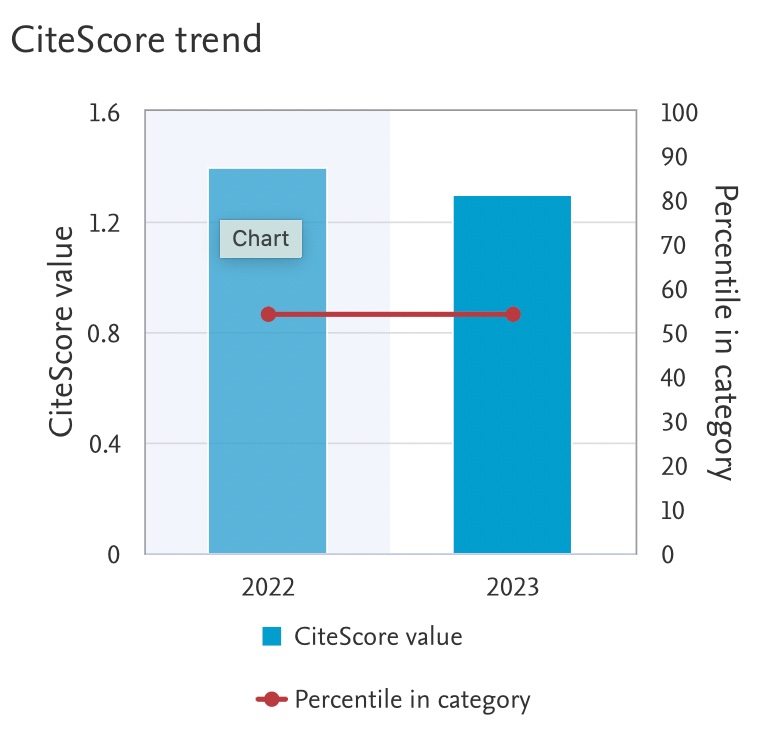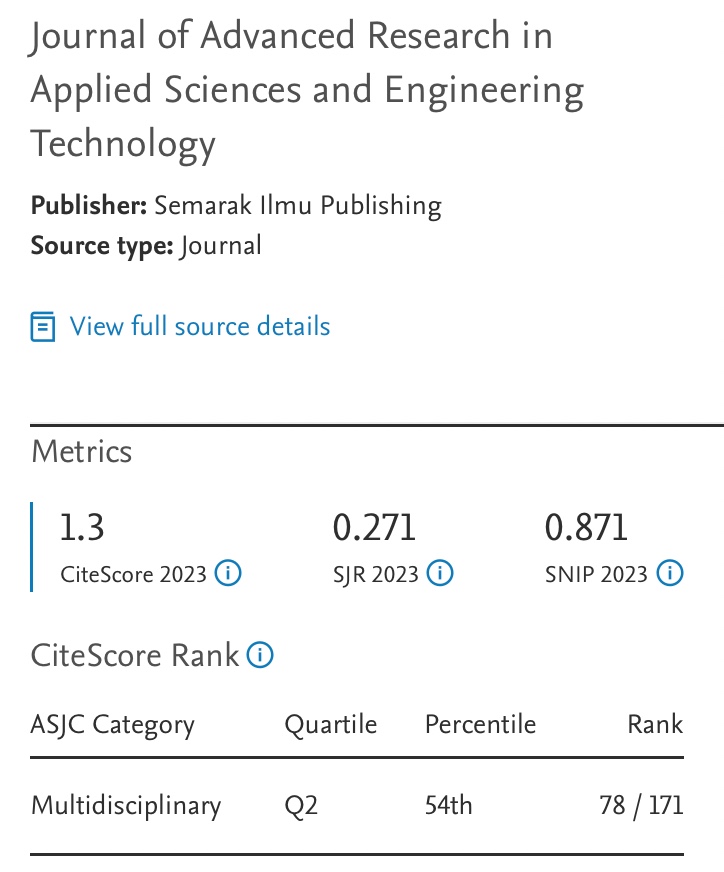Distribution Network Expansion Planning Considering Massive Penetration of Electric Vehicle Loads
Keywords:
Electric vehicle, power loss, distribution network system, metaheuristic techniqueAbstract
The widespread growth of Distributed Energy Resources (DERs), mainly due to its numerous operational and planning benefits inevitably requires the inclusion of this kind of generation in Distribution Network Expansion Planning (DNEP) models. This chapter addresses the multistage DNEP problem of a distribution network system where massive penetration of Electric Vehicle (EV) loads and integration with DERs are jointly considered. The massive penetration of EV loads has negatively impacted the DNEP, especially on the power losses and voltage stability. Hence, this situation has led to the need for unifying rules for the DNEP to accommodate this additional load. In this research, the optimal DNEP plan identifies the optimal placement and sizing of multiple DERs candidate assets to overcome these issues for medium voltage distribution network. The incorporation of DERs in DNEP drastically increases the complexity of the optimization process. In order to shed light on the modelling difficulties, metaheuristic techniques are adopted in this research. The DNEP, EV loads and DERs are modelled using MATLAB environment. Due to their proven efficacy in earlier studies, the metaheuristic techniques Lightning Search Algorithm (LSA) and Modified Lightning Search Algorithm (MLSA) are employed. The MLSA approach will best minimize power losses and voltage stability at the real-world 69-bus radial distribution network system, according to the simulation's results. The study has demonstrated that placing and sizing variable distributed energy resources (DERs) optimally might lower power loss and increase voltage stability. Moreover, the outcomes show that a combination of DERs might yield a better result than just one DER. Because of the widespread adoption of EVs, it was determined that the numerous DERs in conjunction with the MLSA approach are most suited to be adopted in order to reduce power losses and enhance the voltage profile in DNEP.Downloads
Download data is not yet available.

























